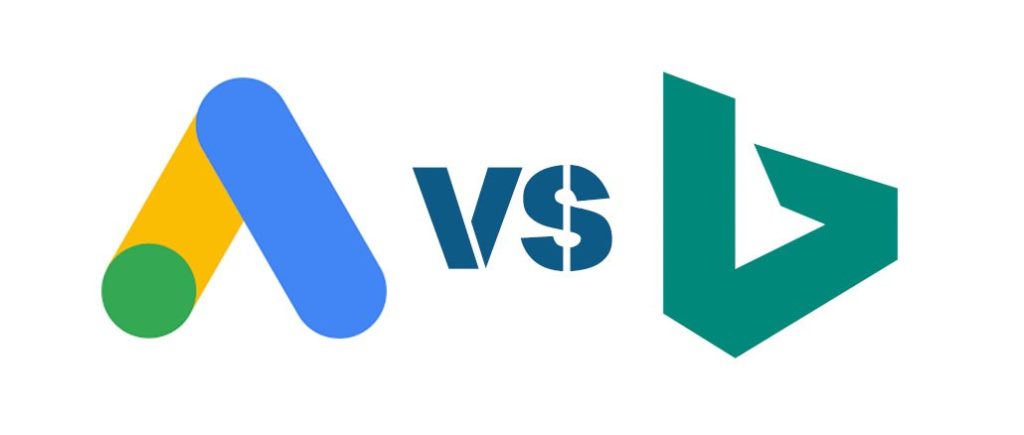
How does Bing’s PPC Ads stack up when compared against Google’s PPC Ads? This is a common question often presented to digital marketers. Many clients wonder about using both platforms, one over the other, and the pros and cons of each. Deciphering what is best for you can be overwhelming! Today, we will quench all of your PPC queries by taking an in-depth look at these search engine giants!
At the surface level, Google and Bing appear quite similar to one another. The ad placing process works relatively the same. On each platform, an advertiser creates a campaign with keywords and text ads to be used on a search network and is charged a certain price anytime someone clicks on the ad. So, what are the difference?
Google has access to two vast networks – the search network and the display network. When an advertiser creates a campaign in Google Ads, they can choose to advertise on one or both of these networks. Using both of these networks gives your ads a larger internet reach. However, most advertisers only utilize the search network as the display network shows a text ad as a display ad. A text ad placed on Bing will be shown on all of Microsoft’s search platforms (Bing, Yahoo, and AOL). Additionally, ads will be shown on any partner sites of the platforms.


As displayed above, ads on both platforms are very similar in their length and layout. Other shared similarities include ad formats, Keywords, and Keyword research. Bing and Google both provide tools for compiling analytic data. These tools help businesses make informed decisions on valuable keywords. The biggest difference between the platforms regarding keywords is that the volume is much higher with Google Ads.
Reach, Demographics, and Bing’s Growth
The entire world is aware of Google’s dominance over the search engine market. Each second of every day, there are roughly 63,000 searches conducted on Google, while Bing maintains a respectable 12.2 billion monthly searches on their networks. Bing appears competitively insignificant when compared with Google’s volume. However, it remains a formidable competitor as 25% of monthly active Bing users have a household income in the top 25% and over 70% of Bing users are under 45 years of age! This demonstrates Bing’s high-value audience in comparison to Google’s high-volume audience.
Microsoft maintains a significant edge by undercutting its main competitor on price. Bing Ads are less expensive than Google Ads. According to a recent study, Bing advertisers spent 25% of what those same advertisers spent on Google Ads.

The CPC (cost-per-click) on average is lower in Bing Ads and the CTR (click-through-rate) is typically higher. There is a downside if you plan on only using Bing Ads for your PPC (pay-per-click) strategy. This same study revealed that advertisers attained 70% less volume with Bing than with Google Ads. The advertisers ran the exact campaigns with identical text ads, extensions, keywords, locations, and schedules resulting in the outcomes below.

Additional Benefits of Bing
Using Bing Ads is simple, especially if you already have a Google Ads Account. A feature within Bing Ads allows you to import existing Google Ads search campaigns directly into Bing! This is an effective tool for the advertiser looking to expand their reach and save time in the process.
More control over an ad group is another added benefit of Bing over Google. The Google campaign structure is frustrating and limited. Bing provides the advertiser more control options with campaign structure at the ad group level, with scheduling, location, and even ad rotation.
Bing provides the advertiser with complete transparency, while Google struggles to achieve such clarity. Bing avoids problems with their platforms by informing advertisers on exactly where their ads are showing and where their traffic is coming from.
So what is best for your business; Google or Bing?
Every effective PPC strategy should start with Google Ads. However, Bing is a good tool to utilize in your marketing strategy to maximize your results and run a well-rounded campaign. The platform offers many unique opportunities unavailable with Google Ads and can be a great supplement to any search campaign, especially where cost-effectiveness is a top priority.